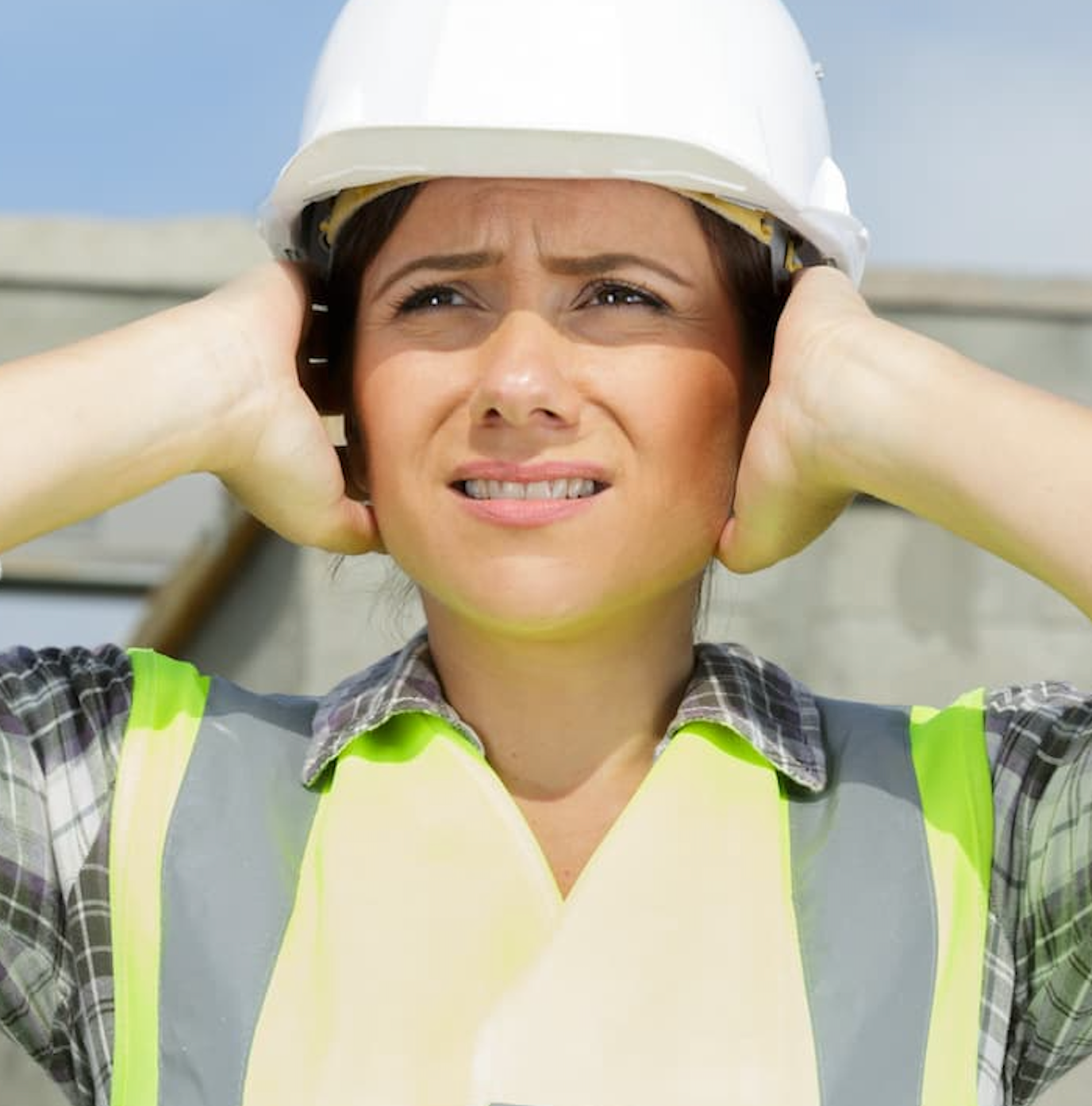Occupational Noise Linked to Rheumatoid Arthritis, Osteoarthritis Prevalence
Results of a multivariate logistic regression analysis showed previous exposure to occupational noise was positively associated with both rheumatoid arthritis and osteoarthritis.
Credit: Adobe Stock/auremar

Analyses of a large, diverse cohort of adult Americans revealed occupational noise exposure was associated with the prevalence of rheumatoid arthritis (RA) and osteoarthritis, according to a study published in BMC Public Health.1
“The impact of occupational noise exposure on various diseases, including ear and cardiovascular diseases, has been studied extensively,” wrote a group of investigators associated with the Department of Orthopedic Surgery at the Third Xiangya Hospital of Central South University in Hunan, China. “Nevertheless, the connection between osteoarthritis and RA and occupational noise exposure remains largely unexplored in real-world scenarios.”
Although research is lacking regarding noise exposure among this patient population, the occupational exposure of other factors including lead, radiation, and nanomaterials and its subsequent effect on the risk of RA and osteoarthritis have been widely researched. However, previous research has indicated noise might increase oxidative stress as well as the production of inflammatory factors, which could in turn lead to the development of arthritis.2
Investigators used pre-pandemic data from the National Health and Nutrition Examination Survey (NHANES) regarding arthritis and occupational noise exposure. Any association between noise and an RA or osteoarthritis diagnosis was determined using multivariate logistic regression analysis which was adjusted for age, gender, ethnicity, marital status, education level, smoking status, alcohol consumption, sleep issues, the ratio of family income to poverty, body mass index (BMI), metabolic equivalents (METs), and comorbidities including hypertension, diabetes, and thyroid disease.
A total of 11,053 patients aged ≥ 20 years were included in the study. As the occupational noise exposure duration data were only reported after 2011, investigators included a second subset cohort (n = 9683) using respondents from 2011 — 2012 and 2015 — March 2020. Among patients in the first cohort, a self-reported diagnosis of RA and osteoarthritis among those exposed to occupational noise was 6.62% and 10.80%, respectively, compared with 4.38% and 9.93%, respectively, among controls. Patients with occupational noise exposure were more likely to be older, male, White, have a high BMI, and have a lower education level.
Results of the multivariate logistic regression analysis showed previous exposure to occupational noise was positively associated with both RA (odds ratio [OR] = 1.43, 95% confidence interval [CI] = 1.18 – 1.73) and osteoarthritis (OR = 1.25, 95% CI = 1.07 – 1.46). Patients who were exposed to noise at work for > 1 year had higher odds of prevalent RA when compared with subjects who did not report a history of noise exposure.
Subgroup analyses further demonstrated a significant link between age and occupational noise exposure on the odds of developing osteoarthritis. The association was observed in patients aged 40 — 60 years (OR = 1.35, 95% CI = 1.01 – 1.80) as well as those under the age of 40 (OR = 2.36, 95% CI = 1.32 – 4.22). In RA, there was a positive association between workplace noise exposure across demographic factors, such as age, race, gender, BMI, and METs.
Investigators noted limitations including the cross-sectional study design in which they were unable to establish causality. There is a potential for recall bias and issues of accuracy as most variables were collected through patient-reported questionnaires. Additionally, it is possible noise exposure may have occurred post-arthritis diagnosis, which may have affecting the findings. Lastly, noise exposure could have been a proxy for other unmeasured variables which might have impacted the prevalence of arthritis.
“Further confirmation through prospective cohort studies is necessary,” investigators concluded. “If substantiated, such an association would carry profound implications for public health.”
References
- Wu, Z., Liang, Y., Khan, A. et al. Is occupational noise associated with arthritis? Cross-sectional evidence from US population. BMC Public Health 24, 371 (2024). https://doi.org/10.1186/s12889-024-17897-0
- Koopman FA, van Maanen MA, Vervoordeldonk MJ, Tak PP. Balancing the autonomic nervous system to reduce inflammation in rheumatoid arthritis. J Intern Med. 2017;282(1):64–75. https://doi.org/10.1111/joim.12626